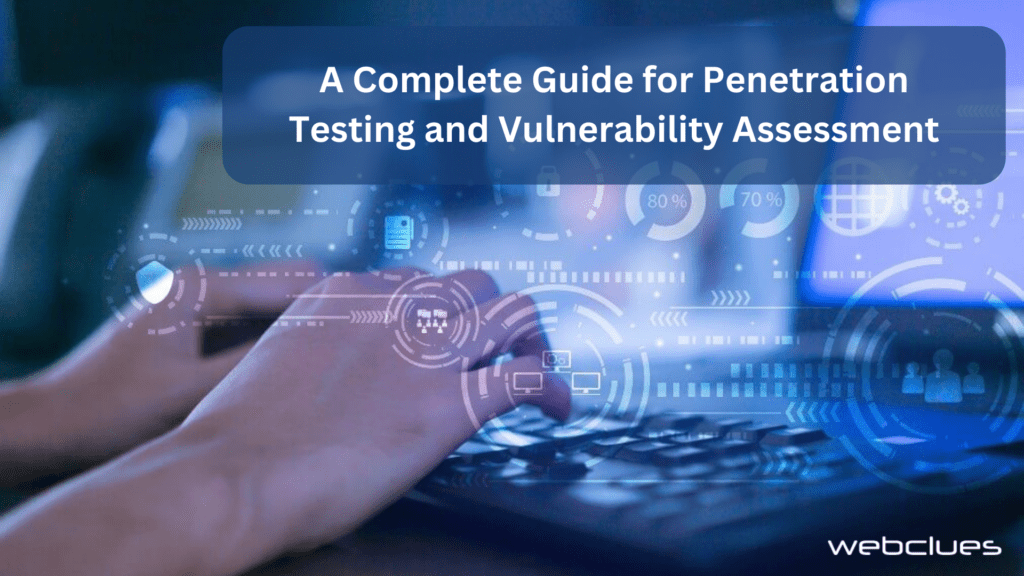
Penetration testing (pentesting) and vulnerability assessment (VA) are two essential security processes for identifying and mitigating cybersecurity risks. In order to find and exploit vulnerabilities in systems, applications, and networks, pentesting replicates a real-world attack. VA identifies and evaluates vulnerabilities using both automatic and manual methods. If you need these penetration testing services you can connect with penetration testing companies.
VAPT combines pen-testing and VA to provide a comprehensive assessment of an organization’s security posture. By combining the two disciplines, VAPT can help organizations to:
- Recognize and prioritize security threats
- Analyze how vulnerabilities affect their organization
- Create and put into practice efficient remediation procedures
- Enhance their overall security posture
Pentesting vs. VA
Although pen-testing and VA are two different techniques, they are sometimes used synonymously. While VA is more passive and non-invasive, pen testing is more active and intrusive.
Pentesting simulates an actual attack in order to find and use vulnerabilities. Pentesters use a range of methods to access systems and networks, including social engineering, network scanning, and application fuzzing.
VA identifies and evaluates vulnerabilities using both automatic and manual methods. Vulnerability scanners, code analyzers, and penetration testing tools are typical VA tools. A variety of vulnerabilities, such as frequent setup errors, weak passwords, and out-of-date software, can be found using VA.
VAPT Methodology
A typical VAPT interaction involves the following six steps:
- Planning: The VAPT engagement must be planned as the initial stage. This entails establishing the engagement’s parameters, determining the assets that will be put to the test, and creating a test strategy.
- Discovery: The target systems and networks must then be found. In order to do this, all of the assets that fall under the scope must be identified, along with their connections to one another.
- Vulnerability assessment: Following the discovery of the target assets, a vulnerability assessment formation is conducted to find any potential weaknesses. Both automated and manual methods can be used to accomplish this.
- Exploitation: After vulnerabilities are found, pen-testers try to take advantage of them. This is done to confirm that the vulnerabilities exist and to gauge their significance.
- Reporting: After the pentest is finished, a report that summarises the results and offers suggestions for correction is prepared.
- Remediation: The pentest’s final step is to address the vulnerabilities that were found. This could entail applying security updates, modifying configurations, or patching software.
Perks of VAPT
VAPT offers a number of benefits to organizations, including:
- Better security posture: VAPT can assist organizations in identifying and reducing security threats, which can result in a more secure environment overall.
- Reduced risk of cyberattacks: By finding and patching vulnerabilities before attackers can take advantage of them, VAPT can assist organizations in reducing the risk of cyberattacks.
- Compliance: Numerous industry rules demand that businesses hold routine VAPT interactions.
- Peace of mind: VAPT can assist organizations in finding comfort in the knowledge that their security posture is continually being evaluated and enhanced.
Getting Started with VAPT
If you’re new to VAPT, here are a few tips to get started:
- Define your needs: What are your security goals for VAPT? What assets do you need to test? What is your budget?
- Select a qualified vendor: There are many qualified VAPT vendors available. Choose a vendor that has experience in your industry and that understands your specific needs.
- Prepare for the engagement: Before the VAPT engagement begins, make sure that your team is prepared. This includes providing the vendor with all of the necessary information and access to your systems.
- Review the findings: Once the VAPT engagement is complete, take the time to review the findings carefully. Prioritize the vulnerabilities and develop a plan for remediating them.
Conclusion
VAPT is an essential security process for identifying and mitigating cybersecurity risks. By combining pentesting and VA, VAPT can provide a comprehensive assessment of an organization’s security posture. VAPT can help organizations to improve their security posture, reduce the risk of cyberattacks, comply with regulations, and gain peace of mind.
If you’re looking for a qualified penetration testing company to help you with VAPT, I recommend WebClues InfoTech. WebClues is a CMMI Level 5 Certified Company with a team of experienced and certified penetration testers. WebClues offers a variety of VAPT services, including: Web application penetration testing, Network penetration testing, Mobile penetration testing, Cloud penetration testing, IoT penetration testing. To learn more about WebClues InfoTech and their VAPT services, contact them today!


